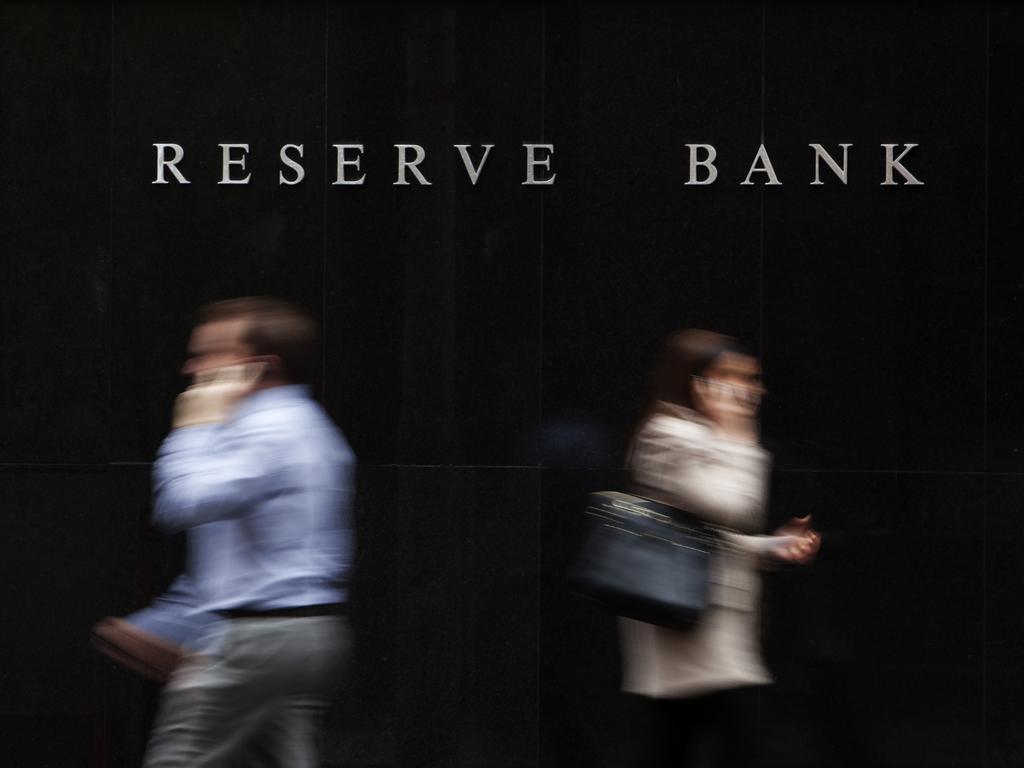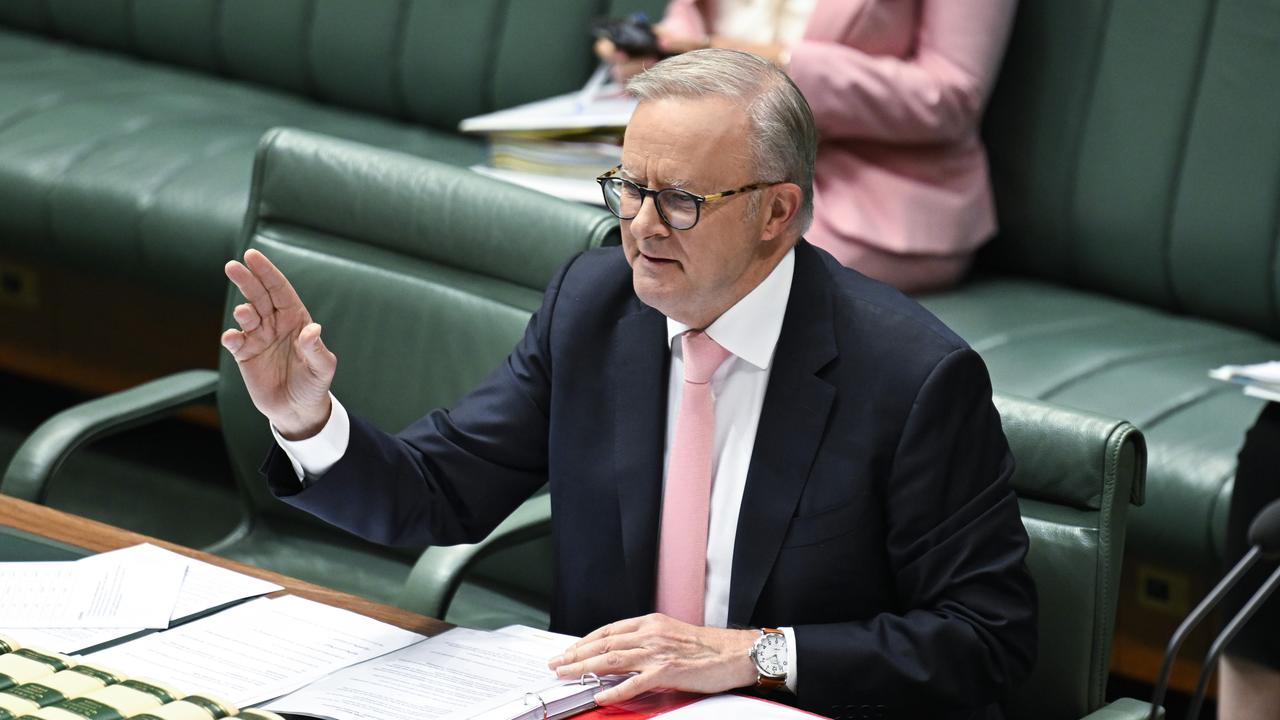Fixed income becomes tempting as bonds fall, shares rise

Recent weeks have seen a continuation of the rally in US equity markets, such that the S&P 500 and Nasdaq have delivered gains so far this year in excess of 20 per cent. While a pleasing outcome for investors, the dark side of the rally is that it leaves many equity markets with expensive valuations. Whether we look at forward price-to-earnings ratios or equity risk premims, they tell a consistent story.
Generally speaking, expensive valuations tend to imply weaker returns in future. Indeed, this relationship is borne out by empirical analysis. Intuitively, it makes sense – if an investor buys an expensive asset, then chances are that it won’t deliver strong returns over a reasonable holding period. Conversely, owning a cheap asset provides the investor with plenty of upside when it comes to sizing up future returns.
The silver lining of expensive markets at an index or headline level is that it encourages a focus on finding cheaper but more attractive opportunities at a subindex level. At JBWere, some of these opportunities we have recommended of late include exposure to the US energy sector and US small caps. So while expensive valuations at a headline level can be tricky to navigate, there are usually always opportunities in sectors or individual stocks which can present as an attractive destination for capital.
At the same time equity markets have been rallying, bond markets have sold off. Since mid-September, the US 10-year government bond yield has risen over 60 basis points.
In Australia, the move has been a touch larger. In both Australia and the US recent figures were stronger than expected.
Turning to the US, retail sales data and payrolls numbers suggest some underlying resiliency to the economy, and by extension, less scope for rate cuts from the Federal Reserve. As of mid-September, the market was priced for a further 260 basis points of easing from the US central bank by the end of next year. Now, markets have reassessed the likely easing to 135 basis points. This would see the Fed funds rate at around 3.5 per cent by the end of next year.
In Australia, economic data have been strong across the board of late. Recent data on job ads, consumer confidence, retail sales and employment suggest the possibility that the economy is picking up momentum as we move into year end. Credit growth to business and households is increasing too. The market and most economists have now given up on the prospect of rate cuts from the central bank here in Australia before year end. There is only about a 20 per cent chance of a 25 basis points easing priced before Christmas now – six weeks ago, markets priced it as a dead cert.
The prospect of a run of strong data into the year end raises an interesting question. If there is already an imbalance between supply and demand in the Australian economy, then data which suggest an acceleration in growth momentum will exacerbate that imbalance, all things being equal. This should keep the RBA vigilant to upside risks to inflation, and firmly on hold even as other central banks continue with a rate cutting cycle. As the RBA governor noted in her most recent public comments, the policy environment is different in Australia: our labour market is tighter, we have generated relatively less disinflation and our rates did not rise as high as was the case in some other economies.
Moreover, the RBA can free-ride on the efforts of other central banks to support global growth. With most major developed market central banks cutting rates (and Chinese policymakers devoting more efforts to supporting growth), the RBA has less to worry about when it comes to risks around the global growth outlook. The fact that a couple of central banks have recently either increased the speed of cuts (ECB) or the size of cuts (RBNZ and BoC) shows some intent about protecting against downside risks to growth.
Putting all this together for investors, it looks as if the “higher for longer” mantra for rates is back in play in Australia. In the US, the story is one around two-sided risks to growth and inflation and a willingness to be open-minded about how fast or otherwise the US central bank will ease policy. And in the meantime, equity markets have – past few days notwithstanding – performed strongly.
Against this backdrop, investors with multi-asset portfolios should be thinking about the recent moves in fixed income relative to equities. The latter market has become more expensive, while the former has become cheaper. All else being equal, this suggests that in risk-adjusted terms, fixed income is looking relatively more attractive when compared to equities.
There is nothing wrong with taking some profit in an asset class that has performed well ahead of expectations. Of course, the question that next arises is where to deploy the capital. We think defensive assets are a natural destination for this capital, especially so at a time when many growth assets have priced in a hefty dose of good news.
Sally Auld is the chief investment officer at JBWere.




